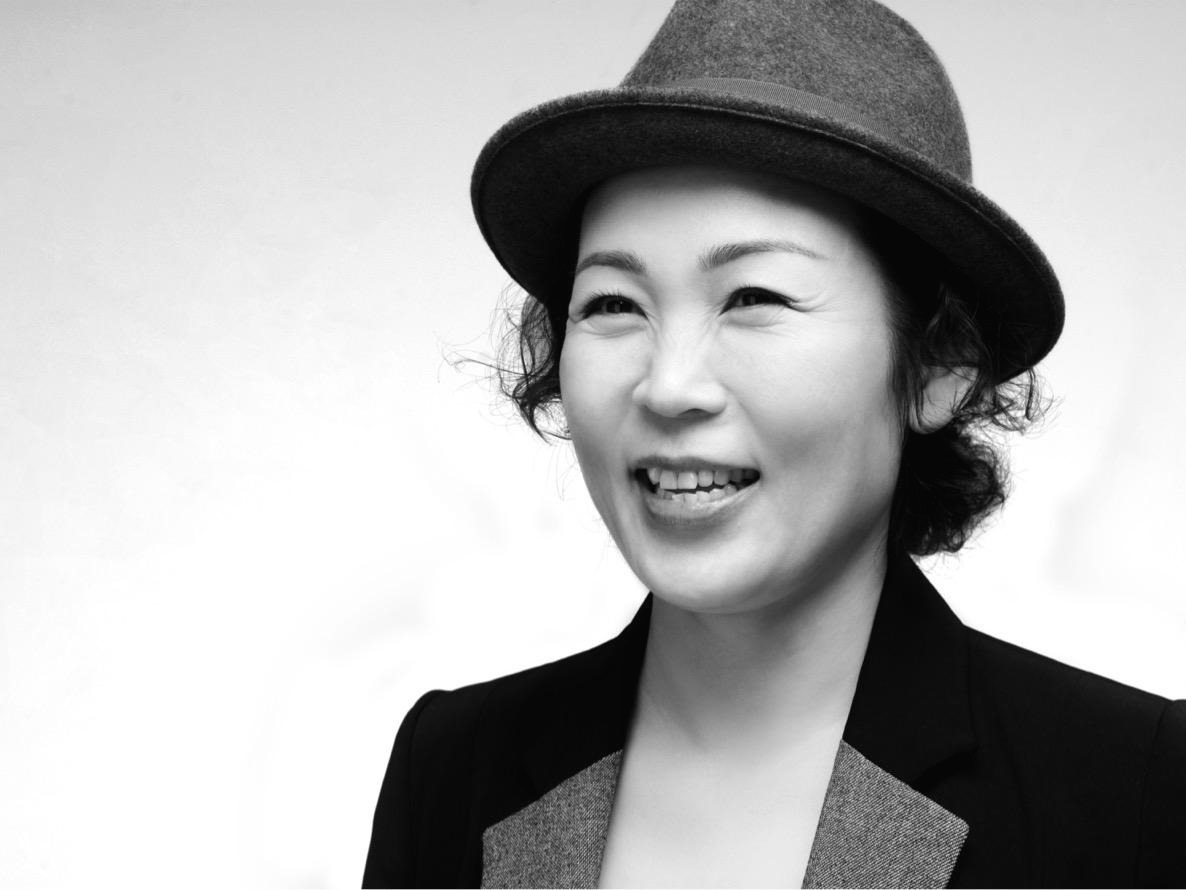| 일 | 월 | 화 | 수 | 목 | 금 | 토 |
|---|---|---|---|---|---|---|
| 1 | 2 | 3 | 4 | 5 | ||
| 6 | 7 | 8 | 9 | 10 | 11 | 12 |
| 13 | 14 | 15 | 16 | 17 | 18 | 19 |
| 20 | 21 | 22 | 23 | 24 | 25 | 26 |
| 27 | 28 | 29 | 30 | 31 |
- sook'c
- 섹시 메이크업
- 웨딩드레스
- 1950년대 메이크업
- 컬러진단
- 컬러리스트
- MBC 뷰티아카데미
- 봄
- 진로
- 울산 메이크업
- 강사
- 메이크업 강의
- 메이크업
- 메이크업 강좌
- 봄 메이크업
- 메이크업 샵
- 뷰티 컨설팅
- 메이크업 스쿨
- 2012 트랜드
- 버티는 삶에 관하여
- 메이크업 아티스트
- 퍼스널 컬러 이미지 메이킹
- 인테리어
- 웨딩촬영
- 메이크업 학원
- 피부 좋아지는 방법
- 허지웅
- 퍼스널 컬러
- 메이크업 배우기
- 전문직
- Today
- Total
sookc의 색과 사람들
A WHEEL OF COLOR 본문
|
 |
 칼라 이론에 대한 16개 강의를 번역 소개 하려고 합니다. 원천자료의 내용에 충실한 번역을 추구했고 칼라 이론가가 아닌 점을 감안하여 읽으시기 바랍니다. 첨부파일 참고 하세요. 원천텍스트 출처: http://www.wetcanvas.com/ArtSchool/Color/ColorTheory/Lesson1/index.html |
|
 |
A WHEEL OF COLOR Starting with rock-bottom basics, make a color wheel. The though of this probably takes you back to sixth grade. But, let me tell you that I have often had very advanced students who could not even explain to me the elements of the color wheel! This is insane. After all, some of the best minds in human history have delved into color wheels -- for example, the great English physicist and mathematician Issac Newton and the German poet and scholar Johann Goethe.
기본에 기본인 것부터 시작하자면, |


 


|
Use your colored pencils to match the color wheel to the right (you will likely need to follow the colors according to the ones listed in the small wheel . The colors are not accurate on the web). Bear down hard with your colored pencils to produce the most intense hues possible.
색연필을 사용하여 위 그림의 색 바퀴에 있는 색과 일치시켜 보라. (아마도 작은 바퀴에 등재된 색상에 따라 색을 따라갈 필요가 있을 것이다. 웹상의 색은 정확하지 않다.) 색연필로 가능한 한 가장 짙은 색상을 만들어 낼 수 있도록 각고의 노력을 기울여 보라.
Those of you who know color wheels will see that I have used the usual order for colors on the color wheel. I believe this is the correct placement in terms of the complicated crossover system of the brain, the visual system, and the language of art.
색 바퀴에 대한 지식이 있는 사람들은 색 바퀴에서 색의 일반적이고 보편적인 순서를 따르고 있음을 알아차릴 것이다. 나는 이것이 뇌와 시각체계 그리고 언어영역이라고 하는 복잡하게 교차하는 체계들의 측면에서 정확한 자리배치라고 믿는다.
우성인 오른쪽 눈이 어떤 이미지의 왼쪽 면을 처리하게 되는데 이것은 뇌의 좌반구에 의해서 통제된다. In this zig-zag fashion, the left hemisphere, right eye, and the left side of the color wheel are linked to the sun, daylight, and warmth -- and also to dominance, aggression, and forward movement. Conversely, the right hemisphere, left eye, and right side of the wheel are linked to the moon, nighttime, and coolness -- and thus also to passivity, defensiveness, and distance. Most color wheels are oriented in this fashion, apparently purely on intuition.
어떤 색상이 보충소인지를 결정하는 연습에 당신의 색 자동화되어야 한다. 중요한 점: 당신의 색 선택에 자신감을 가져라. 색의 구조에 대한 몇몇 좌반구의 지식 - 예컨대 보충소의 활용과 같은 – 의 안내를 받아 당신의 우반구 양식(mode)은 언제 색이 옳은 것인지 알게 될 것이다. 기준선(guideline) 내에서는 직관을 따르라. 종이조각 위에다 색을 한번 시험해 보라. 그리고 ‘이것의 느낌이 괜찮은가?’ 라고 자문하고 자기의 느낌을 경청하라. 말씨름하려 하지 마라.
|
'sookc의 색과 사람들 > 권박사 칼럼' 카테고리의 다른 글
| 파스텔의 세계로.. (0) | 2012.03.30 |
|---|---|
| 도시 경관의 추한 구석에서부터 색 공부를 시작해 볼까요? (0) | 2012.03.10 |
| 뇌와 색 이야기 (0) | 2012.02.09 |
| Lessons in Color Theory (0) | 2012.02.02 |
| 色에 대한 공부 (0) | 2012.01.21 |




